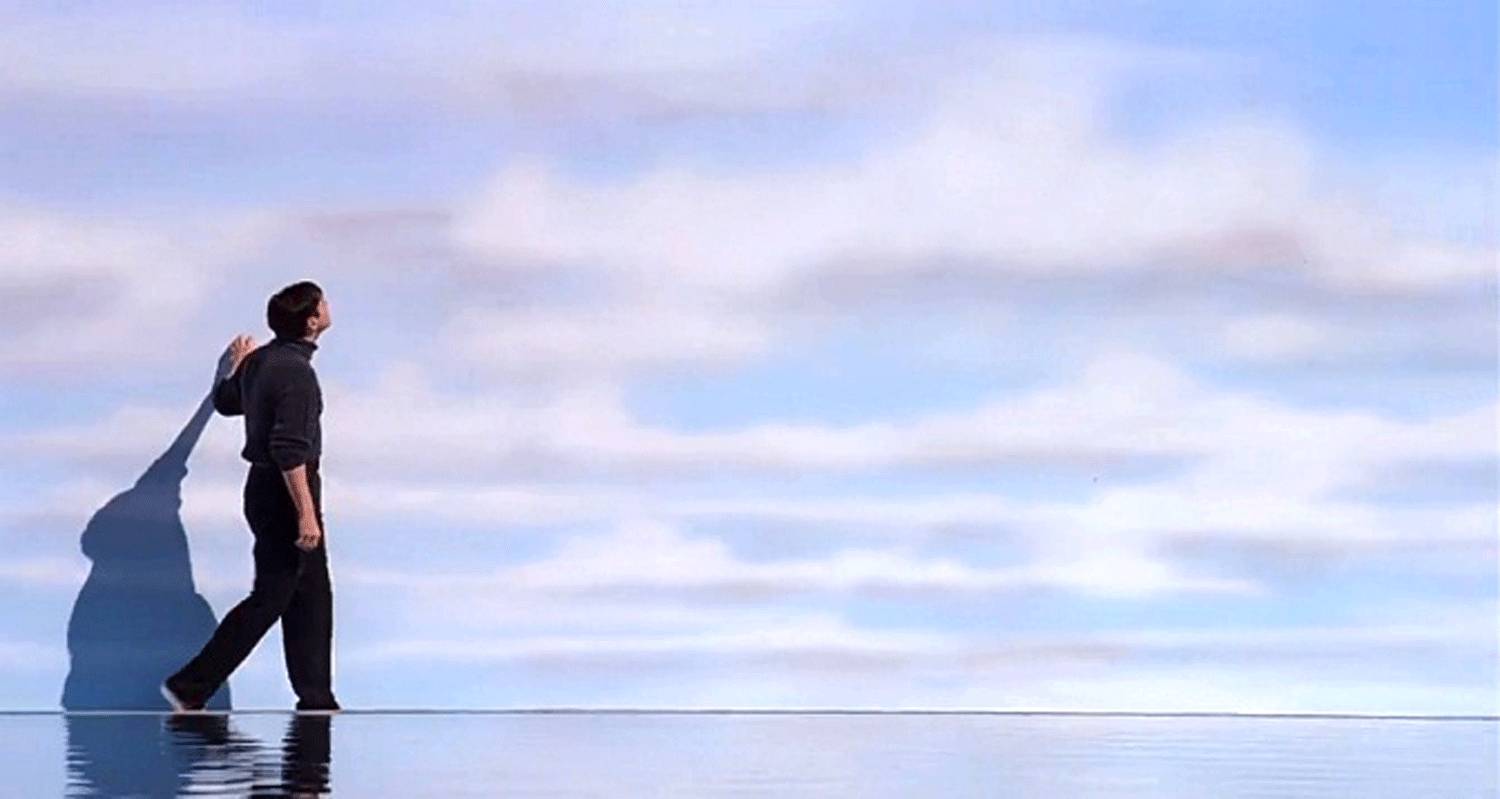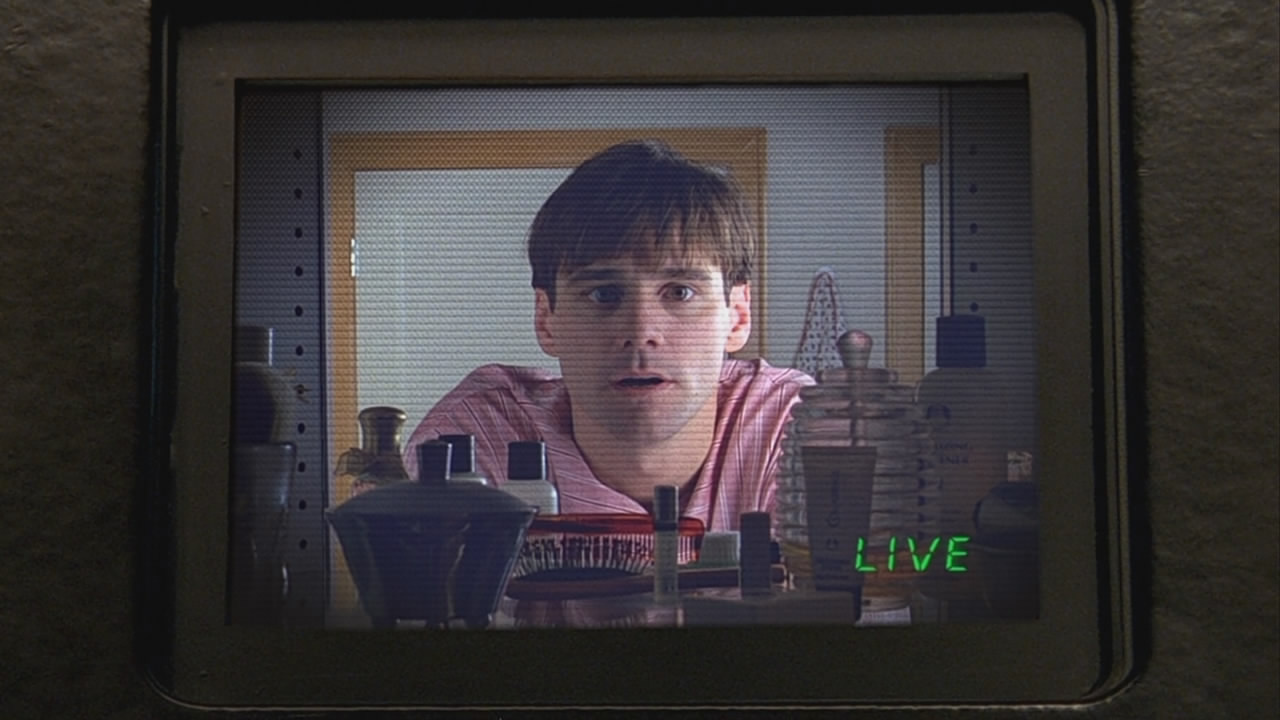How does “The Truman Show” relate to the works of Jean Baudrillard?
Quick Answer: The Truman Show exemplifies the theory of hyperreality, a concept made famous by Jean Baurillard’s 1981 philosophical treatise Simulacra and Simulation. Truman’s world is a concrete example of a hyperreality, as it’s a simulation of a world that is seemingly real but does not actually exist. It’s this apparent authenticity that continuously tricks Truman and blurs the line between reality and fiction. The Truman Show also relates to the work of Baudrillard in that each was prophetic in predicting the rise of voyeuristic “reality” television.
Since it was released in 1998, The Truman Show has left an indelible impact on American culture. The film — the story of a man named Truman Burbank who learns that his whole life has been part of a simulated television show — was eerily prophetic, predicting the rise of voyeuristic reality shows like Survivor (2000 - ) and Big Brother (2000 - ). It even inspired a mental disorder called the Truman delusion, in which a person thinks that his or her life is part of a staged television show. The Truman Show’s inspirations are as widely varied and deeply felt as its impact. Replete with Biblical analogies, such as when Truman walks on water and ascends a literal “stairway to heaven,” the film also draws inspiration from Utopia, Thomas More’s 1516 work of political philosophy that depicts a fictional, isolated island society.

Jim Carrey as Truman in The Truman Show
But perhaps the most significant influence behind The Truman Show is the work of Jean Baudrillard, the famous French sociologist, philosopher and postmodern theorist. His most famous work, the 1981 philosophical treatise Simulation and Simulacra, focuses on the relationship between reality, symbols and society — not unlike the topics explored in The Truman Show. From this work emerged Baudrillard’s theory of hyperreality, which Baudrillard defines as the “inability of consciousness to distinguish reality from a simulation of reality, especially in technologically advanced postmodern societies.” Truman’s world is a concrete example of a hyperreality, as it’s a simulation of a world that is seemingly real but does not actually exist. The key to the hyperreality of The Truman Show is its apparent authenticity, as every element within Truman’s world is designed to copy the appearance of the real one. It’s this replication of the appearances of reality that continuously tricks Truman, preventing him from learning the truth for decades and blurring the line between reality and fiction.
Baudrillard specified four stages of simulacra—with hyperreality being the fourth stage. This stage occurs when the simulation no longer refers to any reality at all; signs refer to other signs, with no original. Truman’s life reflects this stage. While he is a real person, he is surrounded by fake imitations, from his marriage to his friendships. Even though The Truman Show came out before the rise of reality television, in many ways the film anticipated the popular genre. Reality TV shows are real-life examples of hyperrealities. Though reality shows have the pretense of being authentic, there is an obvious amount of inauthenticity to all of them. Unlike narrative television programs, reality TV shows can be deceptive. They often maintain the illusion of reality, tricking gullible people into thinking that they’re real. But while reality shows are usually a complete fabrication, Truman is the lone authentic person in his own reality show.

Jim Carrey as Truman in The Truman Show
One of the recurring gags in The Truman Show is the forced and awkward product placement that is brought up by Truman’s fictional wife and acquaintances. This jab at consumerism also relates to Baudrillard’s writing. In Simulation and Simulacra, Baudrillard comments that “contemporary media including television, film, print, and the Internet…are responsible for blurring the line between products that are needed (in order to live a life) and products for which a need is created by commercial images.” The Truman Show brings this assertion to life, poking fun at the forced product placement that is ubiquitous in both movies and television programs.
The works of Baudrillard have inspired films such as Mulholland Drive (2001), Minority Report (2002), and most notably, The Matrix (1999). The Matrix, like The Truman Show, is a hyperreality— a virtual world in which the line between reality and non-reality is indistinguishable. However, The Truman Show remains to be the film that best exemplifies Baudrillard’s ideology. It’s a strangely prophetic movie that somehow anticipated America’s obsession with faux-reality or, as Baudrillard put it, “A real without origin or reality.”

